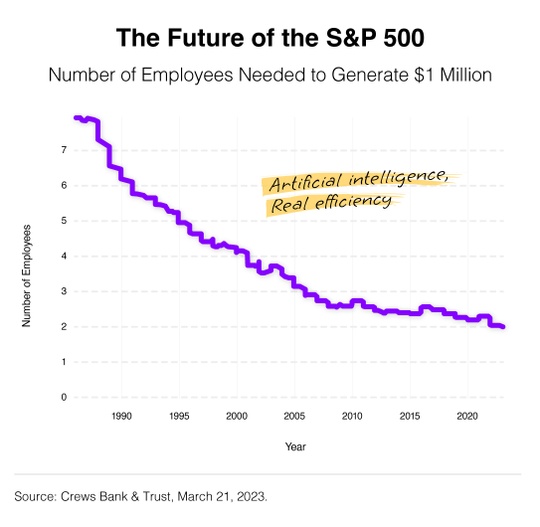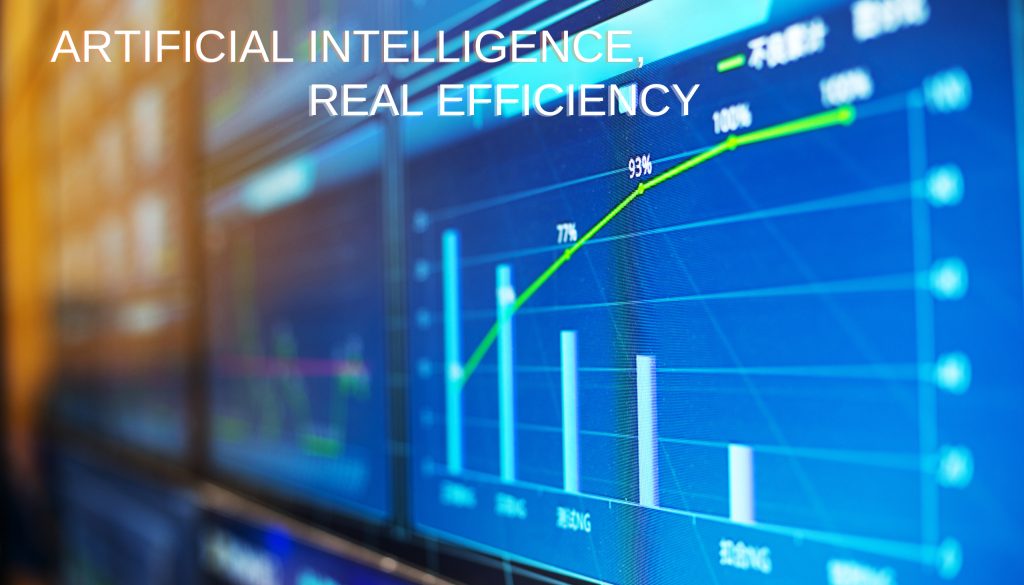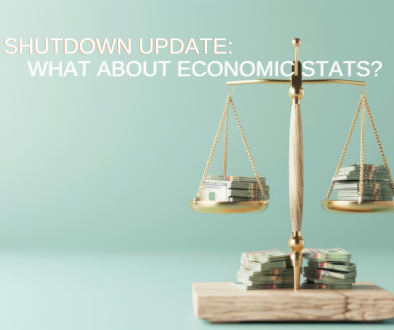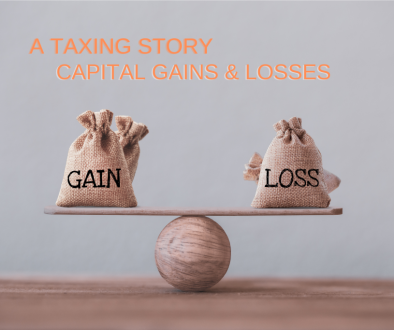Artificial Intelligence, Real Efficiency
| Sometimes, it feels like the world is evolving at an unprecedented pace, and this month’s chart illustrates a trend that affects all of us as investors. When corporations become more efficient, they create ripple effects throughout the economy. | ||
 |
||
| Due to the evolution of efficiency tools and artificial intelligence, S&P 500 companies now need fewer workers to generate the same revenue as decades ago. In 1990, it took nearly eight workers to generate $1 million in revenue. Now, we’re down to approximately 2.2 workers to generate $1 million in revenue—a dramatic shift. | ||
 |
||
Technology And CompetitionHistorically, technology has often created productivity gains, but this efficiency boost doesn’t happen overnight—it’s the result of decades of innovation and advancement. This month’s chart reflects that reality, showing how businesses have adapted to competitive pressures over time. A.I. And ProfitabilityAdopting A.I. can boost profitability, which might help companies improve their financials over time. When companies generate more revenue per employee, their margins often improve, which can be seen in the stock price. What’s AheadAs companies continue to adjust to competitive pressures, it’s difficult to forecast who the winners and losers will be. As always, these macro trends are just one piece of the puzzle. If you’d like to discuss how these shifts might affect your specific situation, I’m here to help.
|




